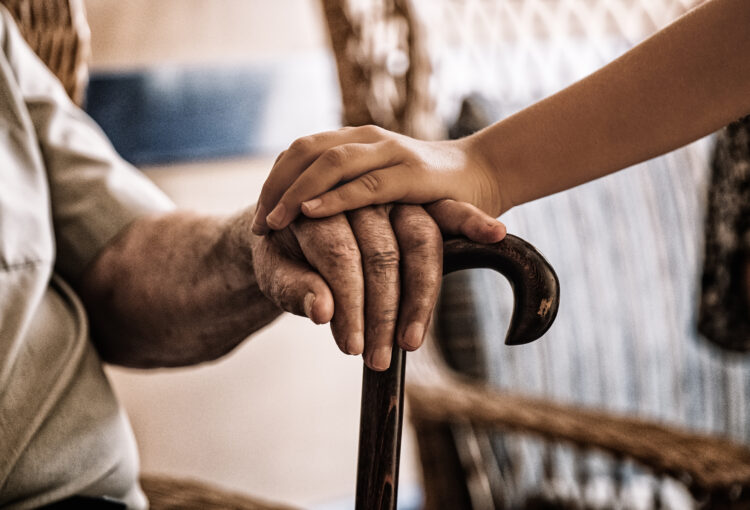
Your will or living trust can support solutions to homelessness and domestic violence, for the long term. When you choose to include Building Futures in your estate plan, you continue your legacy of hope and compassion. You signal your values to family and loved ones.
- Designating a planned gift to Building Futures is a powerful statement of your belief that everyone deserves a safe place to call home. You can arrange a gift of a specific amount, a percentage, or even all or part of the residuum of your estate.
- You may choose to name Building Futures as a full or partial beneficiary of your retirement plan, 401(k), 403(b), annuities, or life insurance.
- The most common planned gift to benefit a charity is a simple bequest. Suggested language is as follows: I give and bequeath to Cornerstone Community Development Corporation, dba Building Futures with Women and Children, of 1840 Fairway Drive, San Leandro, CA 94577, the sum of $________ (or a specific item of property such as real estate or stocks) to be used as its Board of Directors determines. Cornerstone’s nonprofit tax identification number is 94-3100741.
Want to speak with Building Futures about making a planned gift? Call Ana Maria Mahiri at 510-357-0205 x204 or [email protected].
The ABCs of Qualified Charitable Distributions
The fastest growing planned giving tool is a Qualified Charitable Distribution (“QCD”). Also known as an IRA Charitable Rollover Gift, a QCD simply refers to a gift made directly from a donor’s traditional IRA account. This can be a great way for a donor aged 70 or older to lower their taxable income!
Traditional IRAs allow people to contribute pre-tax dollars to an account which grows over time. Once a person withdraws this money after retirement, the money is taxed at their current income tax rate.
Giving a tax- free QCD from an IRA account can keep income taxes down, while making a positive impact on homelessness and domestic violence. Giving in this way can also help the donor meet their Required Minimum Distribution*.
*Anyone 70.5 years or older can make a tax-free QCD from their traditional IRA. But at age 72, the benefit is even greater. Once an IRA holder is 72, she or he is required to begin withdrawing a minimum amount from their retirement account each year. This minimum is called a Required Minimum Distribution.
As always, it is important that you consult an estate planning professional to maximize the tax benefits available to you.



